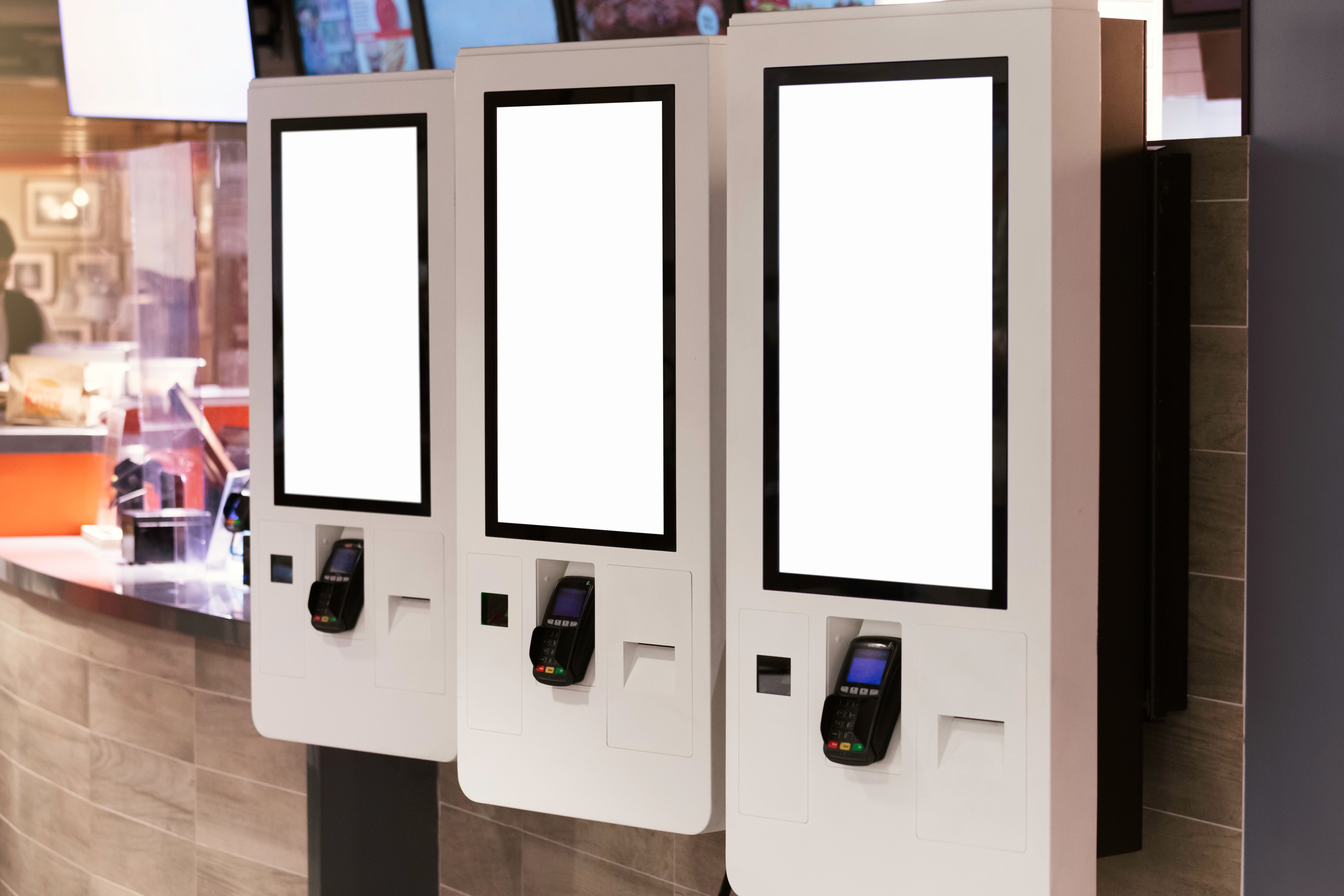Optimizing Efficiency: Smart Inventory Management Systems for Restaurants
Introduction to Smart Inventory Management
In the fast-paced world of restaurant management, optimizing efficiency is crucial for success. One of the most effective ways to achieve this is through the implementation of smart inventory management systems. These systems not only streamline operations but also help in reducing waste and maximizing profits.
Understanding Smart Inventory Systems
Smart inventory management systems are designed to automate and enhance the traditional inventory processes. Unlike manual methods, these systems use technology to track stock levels, forecast demand, and even integrate with point-of-sale (POS) systems. This integration facilitates real-time updates, ensuring that restaurant managers always have an accurate picture of their inventory status.
By utilizing software solutions that incorporate artificial intelligence and machine learning, restaurants can predict future inventory needs based on historical data. This predictive capability is a game-changer, allowing for more precise ordering and reducing the risk of overstocking or running out of essential ingredients.
Benefits of Implementing Smart Systems
The benefits of adopting smart inventory management systems are numerous. Here are some key advantages:
- Reduced food waste: With precise tracking and forecasting, restaurants can minimize surplus stock, leading to less spoilage and waste.
- Cost savings: By ordering only what is needed, restaurants can significantly cut down on unnecessary expenses.
- Improved efficiency: Automated processes save time for staff, allowing them to focus on customer service and other critical tasks.

Key Features to Look For
When selecting a smart inventory management system, it's important to consider the features that will best suit your restaurant's needs. Essential features include:
- Real-time tracking: The ability to monitor stock levels as they change throughout the day.
- Automated alerts: Notifications for low stock levels or approaching expiration dates.
- Integration capabilities: Seamless connection with POS systems and other software used by your restaurant.
Additionally, look for systems that offer mobile access, allowing managers to check inventory on-the-go and make informed decisions quickly.
Overcoming Implementation Challenges
While the benefits are clear, there can be challenges when implementing a new inventory management system. These may include initial setup costs, staff training, and adjusting current processes. However, these hurdles can be overcome with careful planning and support from the software provider.

Investing time in comprehensive training ensures that staff are comfortable with the new system, leading to smoother operations and quicker adaptation. Furthermore, many providers offer ongoing support to assist with any issues that arise during the transition period.
Conclusion
Embracing smart inventory management systems is a strategic move for any restaurant aiming to optimize efficiency and boost profitability. By leveraging technology to enhance inventory processes, restaurants can reduce waste, save costs, and improve overall operations. As the industry continues to evolve, staying ahead with advanced systems will be key to maintaining a competitive edge.
Commercial Kitchen Marketplace
Your one-stop online destination for equipping professional kitchens. Discover a wide selection of durable, high-quality commercial-grade appliances, from heavy-duty ovens and refrigeration units to efficient food preparation tools and essential kitchenware. Visit our store: http://avice.org
